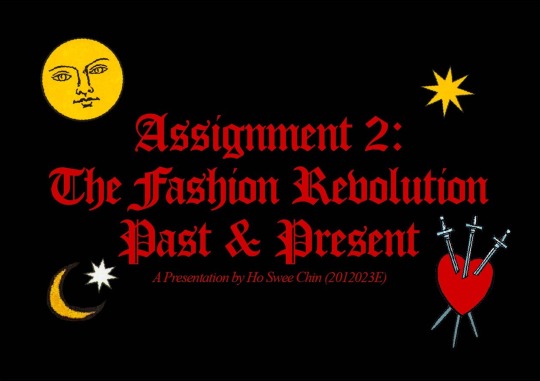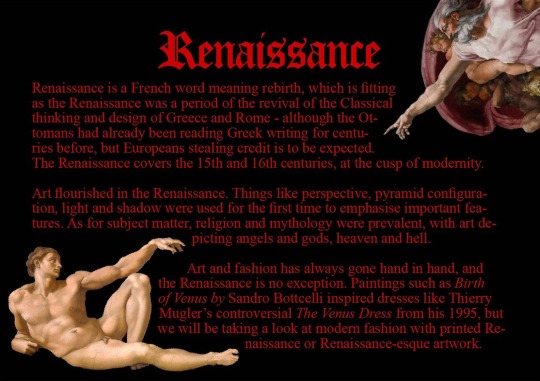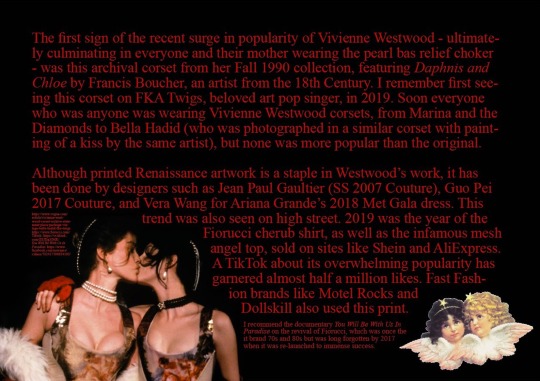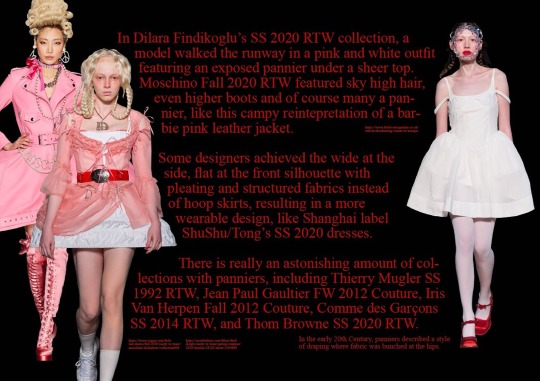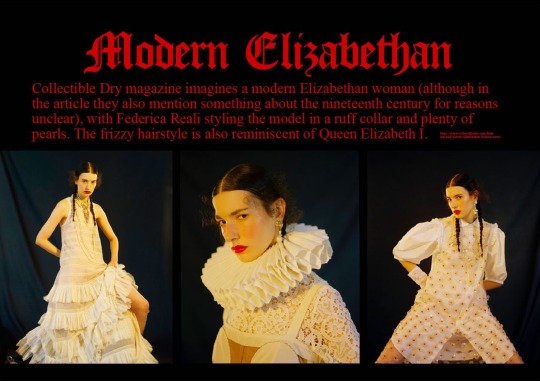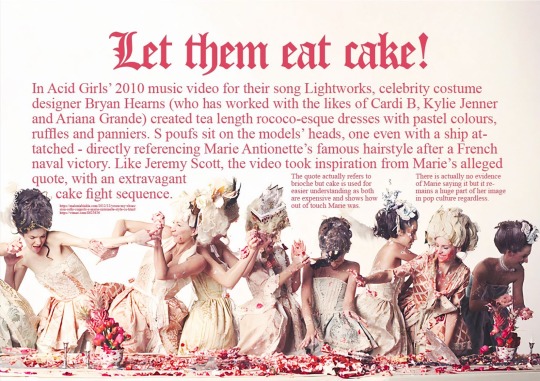#history of costume
Text
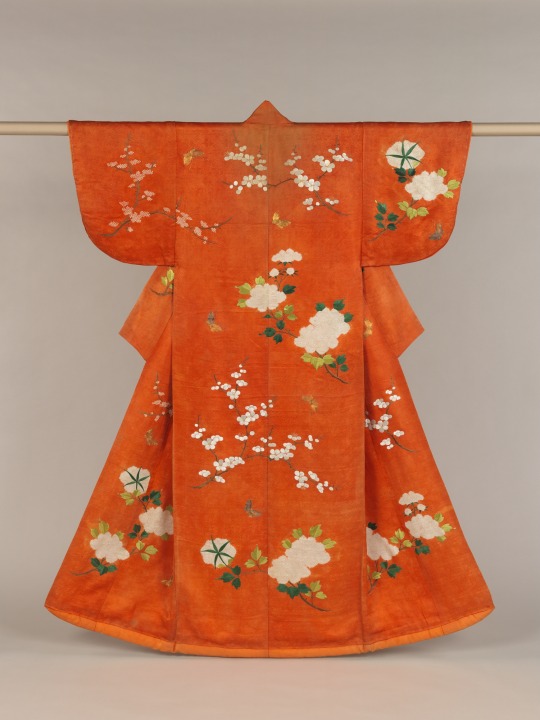

Uchikake (outer robe) with peonies, plum blossoms, and butterfilies
Japanese, Edo Period, late 18th or early 19th century
silk damask embroidered with silk and metallic thread
Metropolitan Museum of Art
#Asian art#uchikake#outer robe#clothing#history of costume#Japanese#Edo Period#Edo Japan#poeny#plum blossom#butterfly#silk#embroidery#Metropolitan Museum of Art
76 notes
·
View notes
Photo



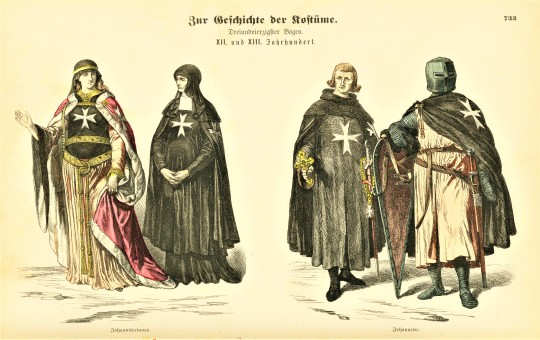




Fashion Friday: Liturgical Looks
This lapsed Catholic realizes that not all the above looks from Munich publishers Braun & Schneider’s Zur Geschichte der Kostüme are liturgical, strictly speaking, but I couldn’t resist the allure of an alliterative title. Church chic doesn’t quite have the same ring to it! These plates originally appeared as illustrations for the biweekly single-leaf publication Münchener Bilderbogen, published in Munich by Braun & Schneider from 1848-1898. The publishing firm also produced fifty annual volumes collecting the previous year’s output. The publication covered a wide range of topics including comic drawings of animals, humorous stories, cautionary tales, and illustrated fairy tales.
It is unclear when this volume of plates illustrating both historical and contemporary regional fashion trends was produced. The publishers started producing bound collections of their fashion plates as early as 1874, but it is likely this particular collection is from after 1898, as some of the plates are from the final annual Münchener Bilderbogen. The plates from Zur Geschichte der Kostüme were reproduced again in 1975 by Dover Publications under the title Historic Costume in Pictures, with Braun & Schneider credited as authors. As explained in a publisher’s note in that book, Dover decided to reproduce the plates in black and white because there is so much variation in color between the various remaining copies. This is confirmed by our own holdings: Special Collections has three copies of Zur Geschichte der Kostüme, all seemingly containing the same plates (though one is missing its index), and all lacking publication dates. Note the variations between the first plate in each volume:


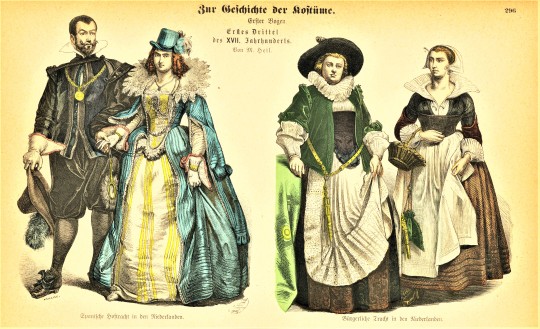
While German painter Louis Braun is credited as the lead artist for the collection in our catalog record, it is unclear if he contributed to any of these images, though the Crusaders (images 4 & 5) bear only the name “Cehric,” who the Library of Congress identifies as an engraver. Also unclear is whether Louis Braun is related to Kaspar Braun, of Braun & Schneider. The artist of images 6 & 7 is identified as M. Adamo, likely Max Adamo, brother of frequent Münchener Bilderbogen contributor Albert Adamo. A. Müller, (the artist of images 1-3 & 8) refers to the Düsseldorf-based painter Andreas Müller.
Check out our previous post on Zur Geschichte der Kostüme here.
Find more Fashion Friday posts here.
-Olivia, Special Collections graduate intern
#Fashion Friday#Zur Geschichte der Kostüme#Münchener Bilderbogen#History of Costume#Braun & Schneider#Kaspar Braun#Friedrich Schneider#Louis Braun#Cehric#Max Adamo#Albert Adamo#Andreas Müller#Munich#Munich publishers#Historical Fashion#Crusades#Monks#Liturgical Garb#olivia
88 notes
·
View notes
Text



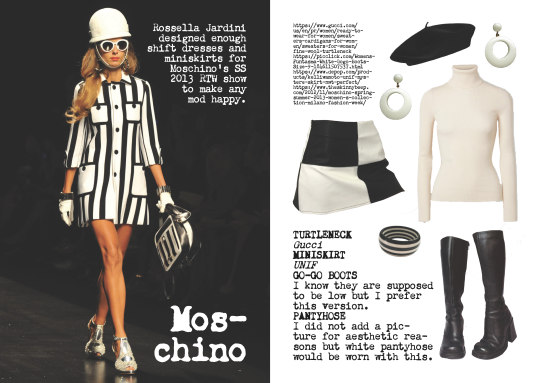









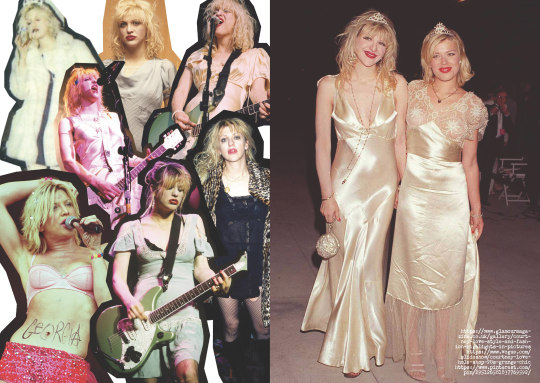
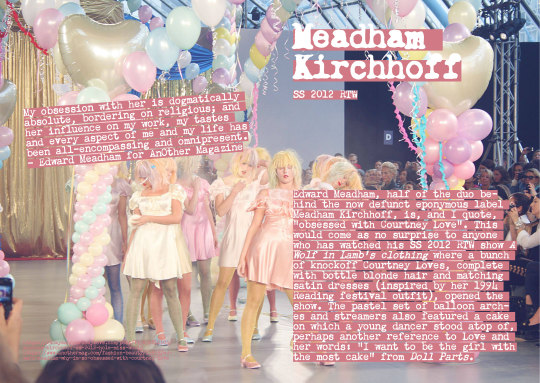
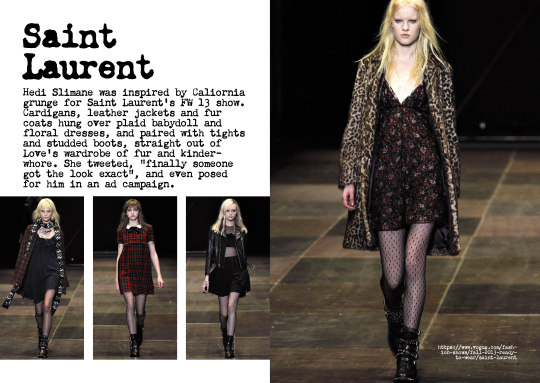


notes on mod, punk and grunge.
4 notes
·
View notes
Text


Ballet costume worn by Anna Pavlova for “The Swan”, silk and sequined cotton
believed to be worn c. 1910s-1920s
credit: Museum of London
#ballet#ballet costumes#ballet costume#1910s#1920s#20s#historical items#historic dress#costume design#vintage#vintage dress#dress history#frostedmagnolias
6K notes
·
View notes
Text
As a fashion history and folklore nerd I am highkey obsessed with Anna Juhász Szép
#WORK IT GIRL#fashion#history#hungarian#vintage#folk costume#she makes me want to wear my hustka all winter
4K notes
·
View notes
Text
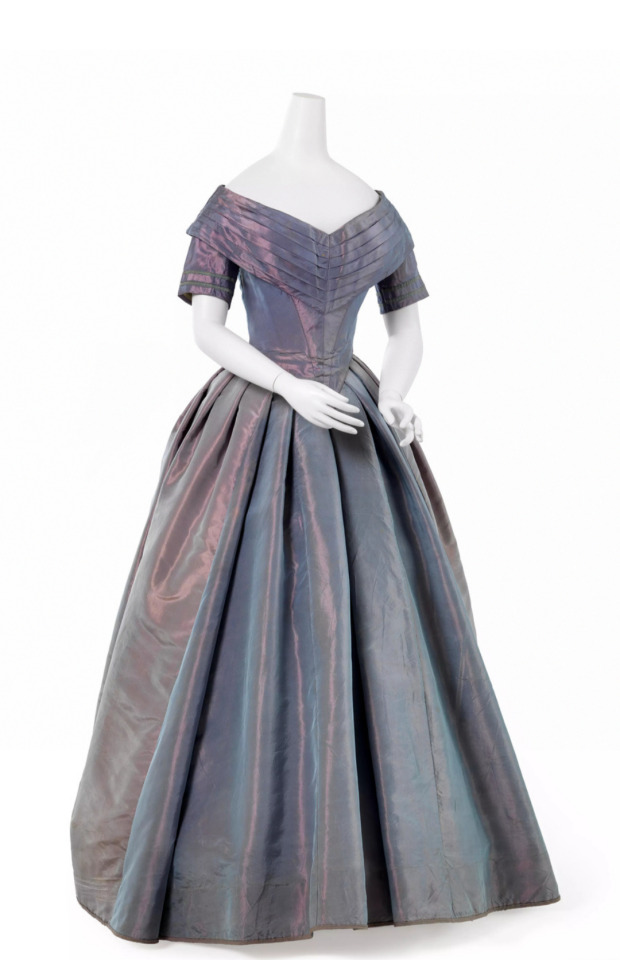

Ball gown, 1840-41
Maker: Unknown
From the collection of Wien Museum
#That's the most beautiful fabric I've ever seen#dress#clothing#historical dress#historical fashion#1840s#19th century fashion#ballgown#garments#costuming#historical costuming#victorian era#victorian fashion#19th century#my post#fashion#period fashion#historical clothing#fashion history#old fashion#iridescent#iridesence#fairy aesthetic#fairycore#light academia aesthetic#light academia
15K notes
·
View notes
Photo

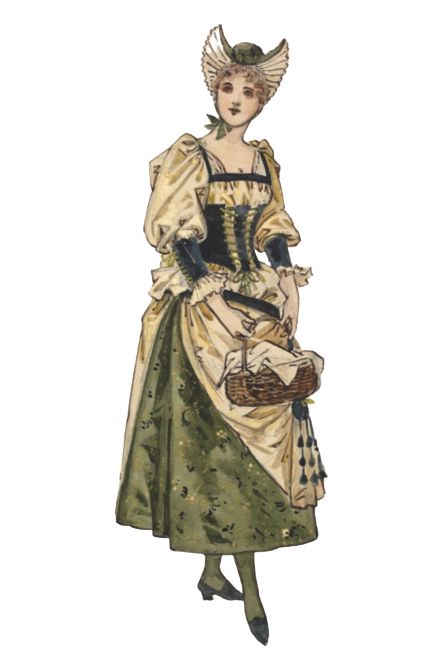

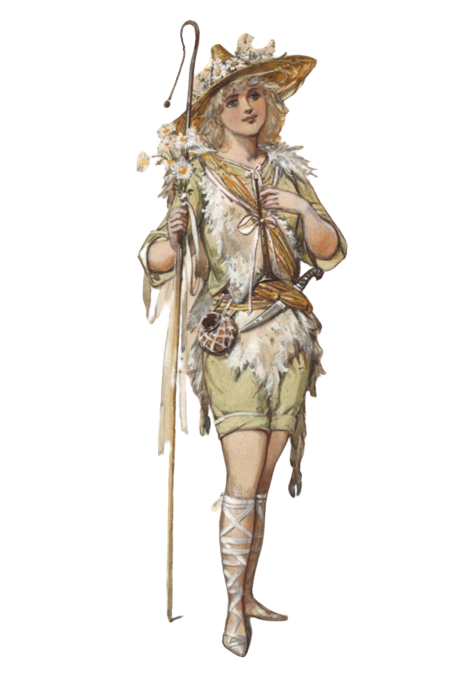

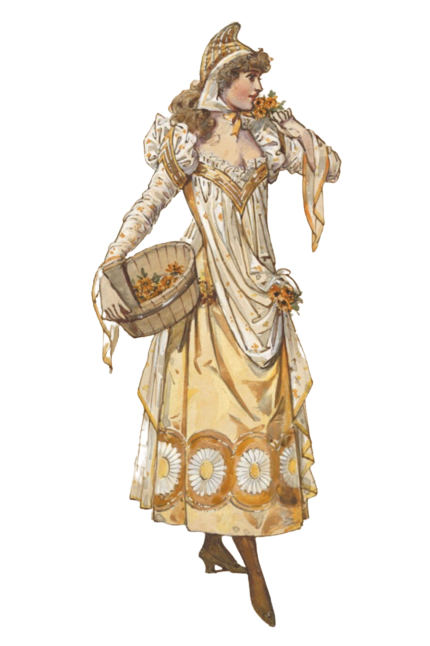



Wilhelm pantomime costume design (1890-1910) PNGs, part 5.
(from: vam)
#png#pngs#transparent#transparents#moodboard#artboard#imageboard#sticker#stickers#costume history#costume design#costume#pantomime#polyvore#shoplook
2K notes
·
View notes
Text
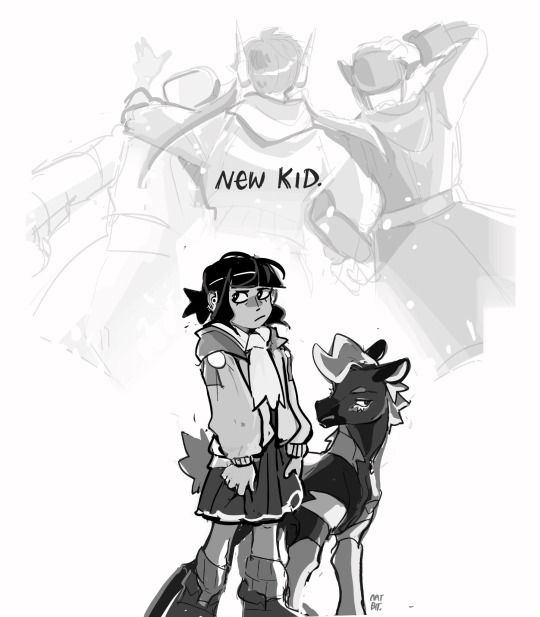
Introducing! ELESA, the new kid on the block! She's a tiny bedraggled child from Sinnoh and not all that familiar with Galarian, the spoken language in Unova. (One day she'll be amazing. Right now though, she just wants to go play in the mud. And maybe get a better set of hearing aids.)
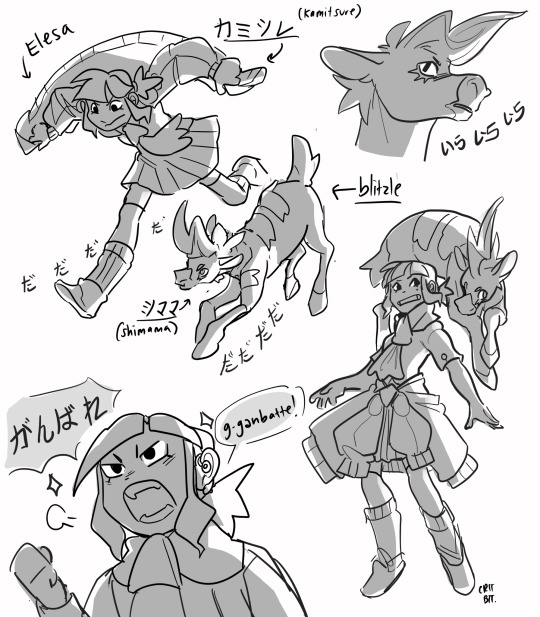
When not bitterly lonely, she’s scheming to run back to her old home. Or chasing the local patrat. Or watching nervously from the sidelines as other children play on the swings. Oh elesa.
(loosely inspired by @/noxstrages' incredible comics about elesa's origins! Ty for the food.)
Masterpost to my submas comics!
#art#pokemon#sketchbook#submas#myart#fanart#gym leader elesa#blitzle#nimbasa trio#elesa#character design#baby elesa is a nightmare to work with but im happy with this draft!#her clothes are supposed to be more sinnoh fashioned#and with time she slowly integrates more and more unovan clothing inspiration into her work#one day she's going to realize everything she works on is entirely unovan. and it's gonna hurt.#(i feel like part of her modeling and costume designing stuff in the future would be her trying to reclaim some of that history)#((but also the inherent tragedy of forgetting kantonese because she tries so hard to integrate into unova makes me feel things))#(((only projecting on elesa a bit. i promise)))
2K notes
·
View notes
Text



Paul Poiret costumes, photographed by Henri Manuel, circa 1920
#paul poiret#mdpcostume#fashion history#vintage#1920s#photography#20th century#costume#costume design#fashion#vintage fashion#henri manuel#historical costume#fancy dress#dress up#mdpvintage
1K notes
·
View notes
Text
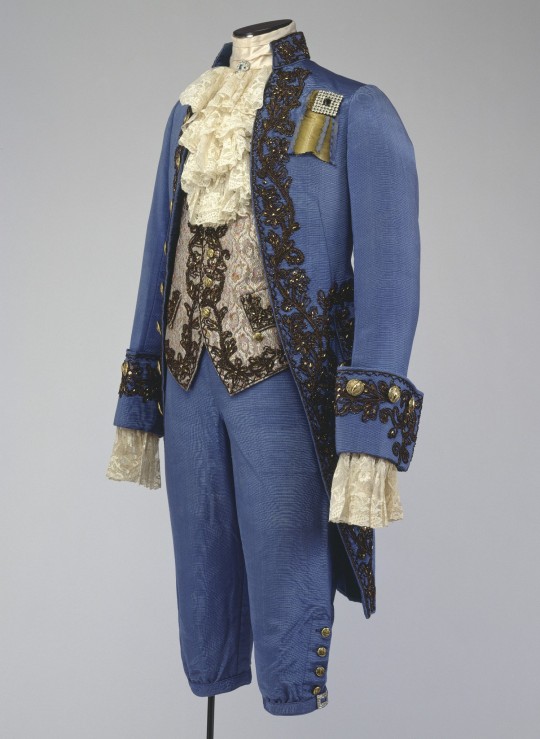
• Costumed Set.
Designer/Maker: I.Miller & Son, G. Shindhelm, Eaves Costume Co.
Date: 1924
#fashion history#history of fashion#fashion#historical fashion#costume#historical costuming#historical costume#vintage#vintage fashion#1920's#costumed set#eaves costume co.#1924
614 notes
·
View notes
Text
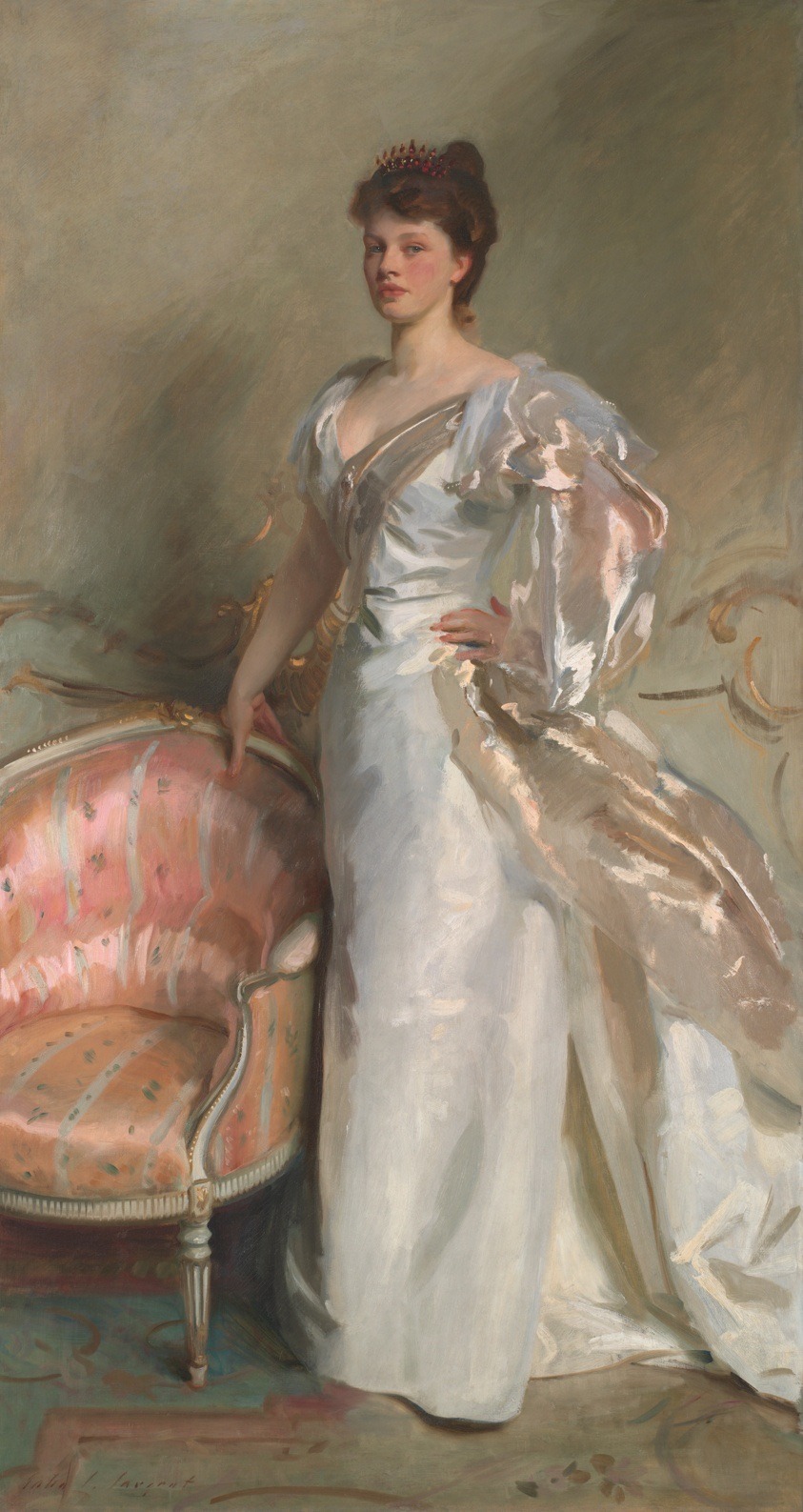
Mrs. George Swinton (Elizabeth Ebsworth), John Singer Sargent. 1897.
#aesthetic#art#art history#fashion#historical fashion#historical art#women in art#women#victorian#victorian aesthetic#1890s#1890s aesthetic#1890s gown#1890s dress#pink#pink aesthetic#costume#john singer sargent#late victorian fashion#portrait
608 notes
·
View notes
Text

#medieval#middle ages#king#england#chain mail#armour#chainmail#heraldry#history#europe#european#costumes#costume
1K notes
·
View notes
Photo


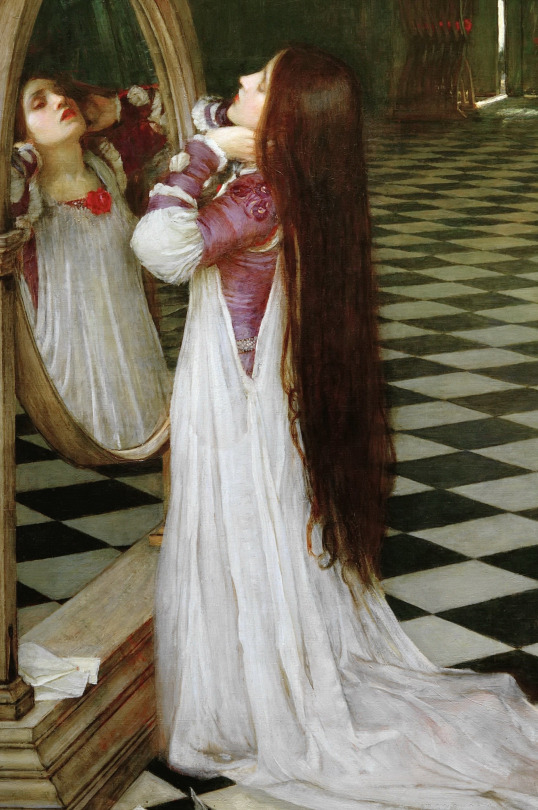
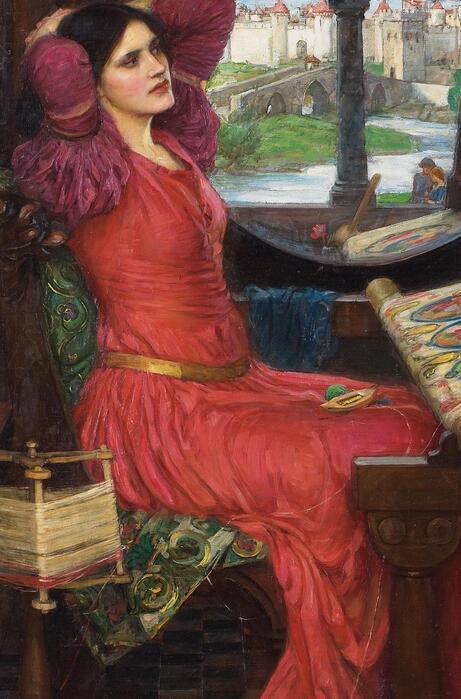
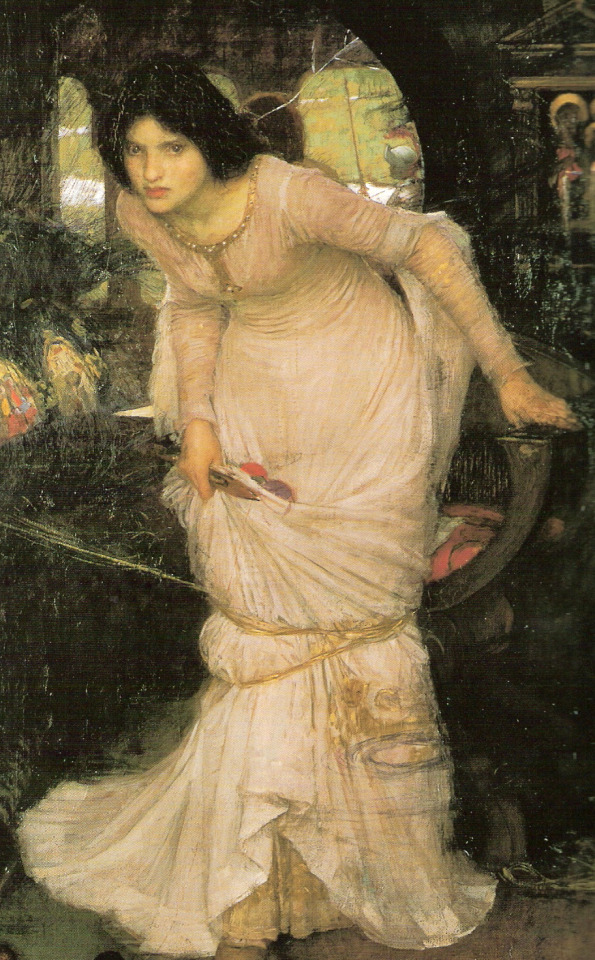
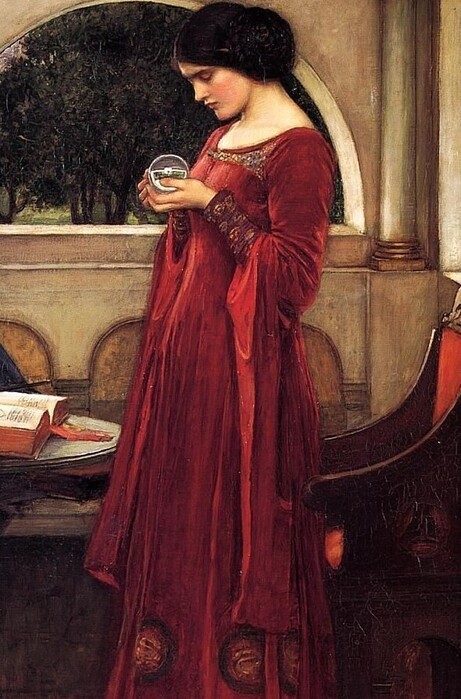
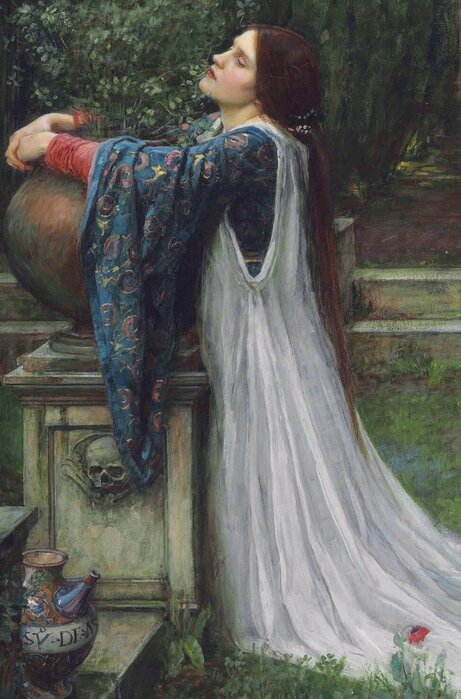
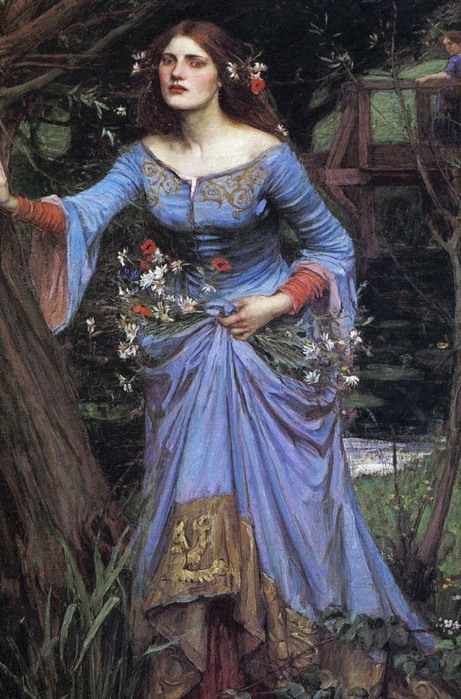
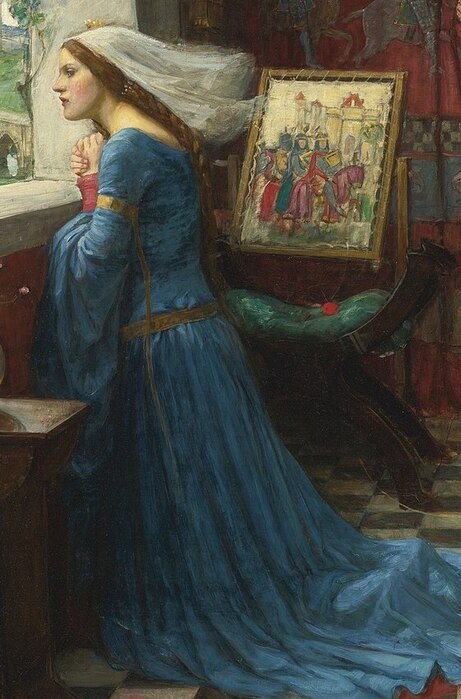
John William Waterhouse + medieval and renaissance costumes
#john william waterhouse#art compilation#pre raphaelite#19th century#art#art history#artedit#artblr#the lady of shalott#ophelia#pre raphaelism#pre-raphaelite#painting#19th century art#costumes#classical art#hulderposts#faves#my posts#renaissance#medieval#maiden#beauty#light academia#classic art#looks
10K notes
·
View notes
Text
Pop Culture Victorians:

Actual Victorians:

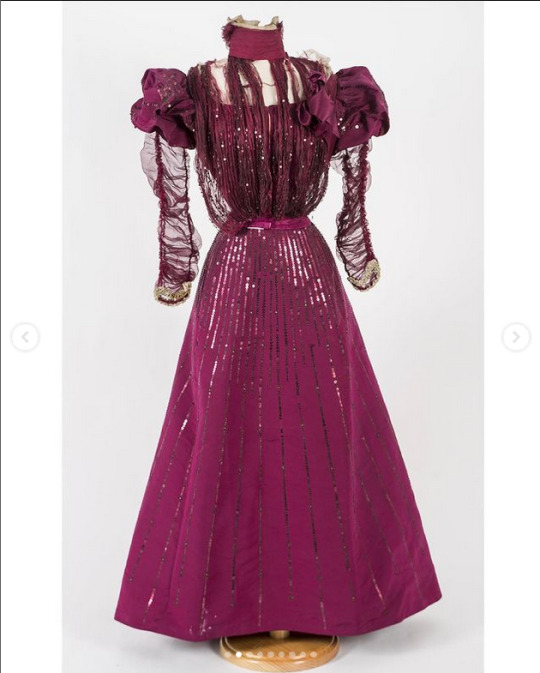

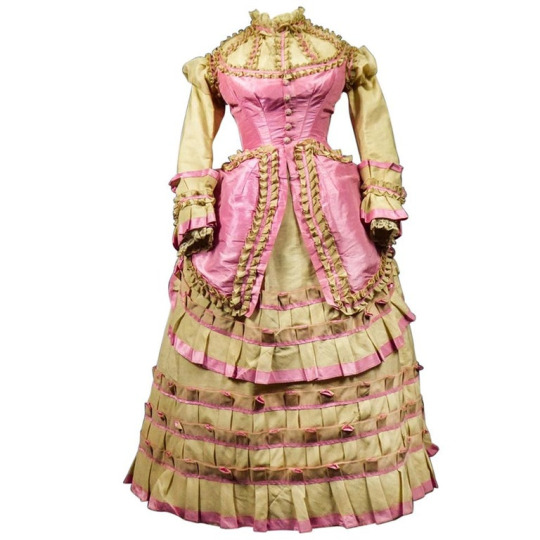

“If your eyes aren’t bleeding, it’s not historically accurate.”
- Abby Cox
11K notes
·
View notes
Text

Frédéric Soulacroix (1858-1933)
"The Cavalier's Kiss"
Oil on canvas
#paintings#art#artwork#history painting#couple#frédéric soulacroix#frederic soulacroix#oil on canvas#fine art#interior#rug#couples#costume#costumes#frech italian artist#kiss#smile#smiling
838 notes
·
View notes
